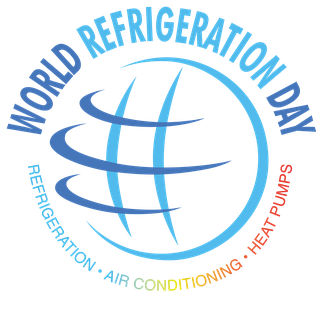A pumping system in industry is a set of equipment and devices designed to transport liquids or fluids from one point to another through pipelines. Pumps are the main component of these systems and are responsible for generating the force necessary to move the fluid in the desired direction.
Components of a pumping system:
- Pumps: Pumps are devices that convert mechanical energy into kinetic energy to move the fluid. They can be of different types, such as centrifugal pumps, positive displacement pumps, turbine pumps, among others, and are selected according to the type of fluid and the specific requirements of the system.
- Motor or power source: To drive the pumps, a power source is required, usually an electric motor or an internal combustion engine. The power of the motor depends on the required flow rate and the pressure the pump must overcome.
- Valves: Valves are used to control the flow of fluid within the system and regulate the pressure at different points. They can be control valves, check valves, pressure relief valves, among others.
- Piping and fittings: Piping and fittings connect the different components of the pumping system and allow the fluid to be transported from the point of suction to the point of discharge.
Operation in Industry:
The operation of a pumping system in industry is based on the principle of generating a pressure difference between the suction point and the discharge point so that the fluid can be propelled through the pipelines.
- Suction: The pump draws fluid from the suction point (e.g. a tank, well or natural source) and sucks it through a pipe into the pump inlet.
- Drive: The pump uses its drive mechanism to increase the pressure of the fluid, providing the energy needed to overcome the resistance of the pipes and other elements of the system.
- Discharge: Once sufficient pressure has been generated, the fluid is propelled to the discharge point (such as a storage tank, other industrial process or distribution system) through another pipeline.
- Control and Monitoring: The operation of the pumping system is controlled and monitored by automated instrumentation and control systems to ensure efficient and safe operation.
Pumping systems are essential in a variety of industries. They provide the ability to move large volumes of fluids over long distances and are essential to the operation and productivity of many industrial facilities. Pumping systems are used in a wide range of industrial applications, including:
- Production processes in the chemical, petrochemical and pharmaceutical industry.
- Water supply and drinking water supply.
- Wastewater treatment and industrial wastewater management.
- Fluid circulation in industrial heating and cooling systems.
- Food and beverage transfer processes in the food industry.
- Fire extinguishing systems in industrial installations.
In summary, an industrial pumping system is a specialised set of equipment designed to convey liquids in the context of an industrial installation. These systems are essential for the efficient and safe operation of industrial plants and processes, allowing the movement and control of large volumes of fluids in various industrial applications.


